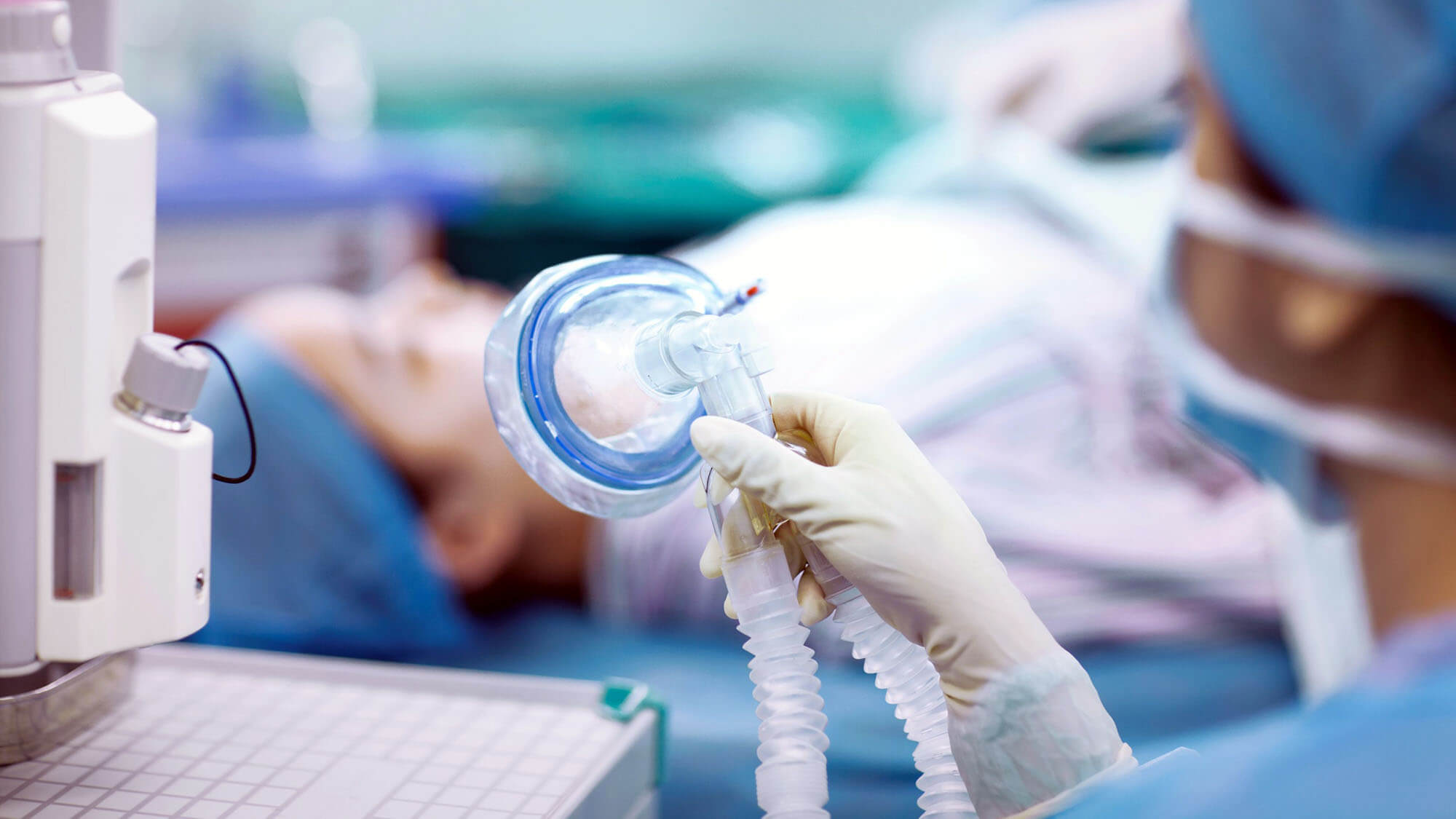VOC Emissions in Medical Devices: A Growing Compliance Priority

18 Sep 2025
The Increasing Relevance of VOC Testing in Medical Devices
As innovation accelerates in the medical device industry, regulatory expectations are evolving in parallel, particularly around patient safety. One of the increasingly scrutinized areas is the presence of volatile organic compounds (VOCs). Historically a concern in industries like automotive and consumer goods, VOC emissions are now gaining serious attention in medical product development and compliance. This shift is influenced by updates to ISO 10993-1, which emphasize chemical characterization, including VOCs, as part of the biological evaluation of medical devices to ensure biocompatibility (ISO 10993-1:2018).
Regulatory bodies such as the U.S. Food and Drug Administration (FDA) and the European Medicines Agency have also highlighted VOCs as potential contributors to toxicological risk, requiring more sensitive and comprehensive chemical analysis. As a result, VOC testing is becoming an essential component of modern biocompatibility strategies, particularly for devices that involve prolonged or repeated patient contact.
What Are VOCs?
VOCs are carbon-based chemicals that easily evaporate at room temperature. They can exist in either solid or liquid form inside materials, only to later be released into the surrounding air. Some VOCs are benign or even beneficial, such as those found in aromatherapy, while others pose serious health risks.
The concern in medical devices arises when harmful VOCs are emitted during the product’s normal use, particularly in respiratory devices. For example, compounds like formaldehyde can off-gas from certain plastics or adhesives, and if undetected, patients may unknowingly inhale harmful levels over time. While the presence of VOCs is sometimes apparent (think “new car smell”), there are many VOCs that have no detectable odor. Some dangerous compounds are completely scentless, meaning visual or sensory checks alone are not enough. Only proper testing can confirm what is present and whether it falls within acceptable limits.
Health Risks and Device Implications
While not all VOCs are harmful, many are associated with carcinogenic, neurotoxic, or reproductive health effects. In the context of medical devices, this raises immediate concerns about patient safety, especially when the exposure pathway involves inhalation. While some may be concerned about VOCs causing damage to the device itself, they are more likely to affect the patient than the functionality of the product. To fully understand the risk to the patient, it is critical to understand how VOC emissions from a particular device change over time. As a device ages, materials like plastics or foams may degrade, altering the VOC profile. This is why standard VOC tests often run for seven days, allowing testers to observe emission trends and assess the patient exposure over the full intended use period.
Which Materials Are Most Susceptible?
Some materials are more prone to releasing VOCs than others. Plastics, especially those subjected to heat or mechanical stress, are common culprits. For instance, acetals can release formaldehyde, particularly when near motors or heated components. Greases used in motor assemblies can also contribute to the overall VOC emissions. Even so-called safe or “medical grade” polymers, like polypropylene or PVC, can emit VOCs depending on how they’re processed or what additives they contain. Factors like supplier variability or residual chemicals from manufacturing can lead to unexpected emissions, even when the base material is considered low risk.
This is why many manufacturers rely on detailed risk assessments at the start of development to understand the materials they’re using and anticipate any potential VOC issues.
Standards and Testing: Meeting Requirements of ISO 18562
For respiratory medical devices, the ISO 18562 series is the key standard governing VOC emissions. The second edition of this series was released in 2024, which added clarity and granularity to patient populations for determining exposure and expanded the verbiage regarding VOCs to volatile organic substances (VOSs). The intent of this wording change was to expand the scope of the method to also include very volatile (VVOCs) and semi-volatile organic compounds (SVOCs)
Unlike ISO 10993, which primarily addresses direct contact devices, ISO 18562 focuses on inhalation exposure. This standard includes multiple parts, with Part 3 specifically covering VOC emissions. The standard does not include a fixed list of banned chemicals as is common for indoor air quality standards. Instead, an exhaustive list of all VOCs observed in testing is reviewed by a toxicologist who compares the results to established exposure thresholds. If no existing exposure data is available for a compound, a default safety threshold known as the Threshold of Toxicological Concern (TTC) is applied. This case-by-case approach ensures flexibility but places the burden on manufacturers to conduct thorough testing and provide clear toxicological justification for every compound detected.
Testing Strategies and Best Practices
VOC testing typically begins with the finished device, but further analysis may be needed if initial results raise concerns. In such cases, manufacturers can isolate and test individual components using specialized techniques, such as microchamber testing, which evaluates emissions from small samples of a material in a controlled environment. Intertek can also test prototype devices or perform material level testing to identify VOCs emitted prior to finalizing a device for regulatory submission.
While it’s ideal to avoid emitting materials altogether, switching entirely to inert options like stainless steel or glass is rarely feasible due to cost, functionality, and design constraints. Instead, the most effective strategy is to implement robust risk management early in the design process. This includes identifying potentially hazardous materials, eliminating unnecessary substances, and understanding how manufacturing processes may introduce VOCs. Even cleaning agents, lubricants, or packaging materials can contribute to emissions, especially if residue is left behind.
Reporting and Regulatory Submission
VOC testing results are typically included in the broader biological evaluation report (BER) submitted to regulatory bodies like the FDA or European Notified Bodies. This report consolidates all biological safety data and is essential for demonstrating that the product is safe for patient use. Although VOC analysis is just one part of the overall compliance process, it plays a crucial role, especially for products with respiratory exposure pathways. Accurate documentation, risk assessments, and toxicological evaluations help build a strong case that the device will not harm users, either in the short term or with prolonged use.
VOC Awareness Is Now a Compliance Must-Have
As patient safety regulations continue to expand, VOC testing is no longer a “nice-to-have” but a fundamental part of medical device compliance. While many emissions may be invisible and odorless, their impact on health can be profound. By incorporating VOC considerations into your product lifecycle, from design and material sourcing to manufacturing and testing, you not only improve patient safety but also reduce the risk of costly compliance failures.
If you’re developing a medical device and unsure about how VOC emissions might impact your regulatory strategy, now is the time to act. With evolving standards and heightened scrutiny, proactive VOC testing is an investment in both compliance and quality.
Intertek offers a full suite of services to support manufacturers in navigating VOC compliance. This includes VOC emissions testing under ISO 18562, toxicological analysis, extractables and leachables testing, particulate evaluations, and custom assessments tailored to your device’s unique risk profile. From early-stage material selection to final regulatory submission, Intertek’s team of scientists and toxicologists provides comprehensive support, helping manufacturers avoid delays and achieve market approval faster.
